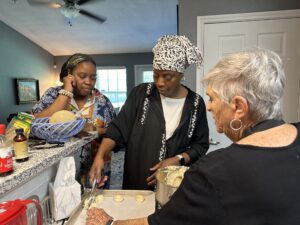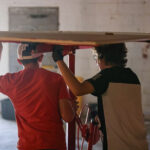From Family History Basics to DNA
Genealogy Enthusiasts Enjoy Dallas Family History Fair
Dozens of people poured into the building as the Dallas FamilySearch Center hosted the annual Dallas Family History Fair on Saturday, Sept. 16, at The Church of Jesus Christ of Latter-day Saints in Duncanville.
Some attendees were beginners wanting to learn how to start with family history. Others came to learn more about adding sources and memories in FamilySearch. The more experienced genealogists came to learn how using DNA could help them overcome “brick walls” in tracing their family roots. Regardless of the class they attended, all seemed delighted with what they had learned.



Using DNA in Genealogical Research
Professional genealogist Chris Bryant, who taught a class on “How Traditional Genealogy Meets DNA to Solve Stubborn Brick Walls,” explained that he blends traditional genealogical research with DNA testing to validate relationships.
“For me, it’s not just about claiming we’re related. I want to ensure I have documents. I want to verify. I want validation that this is the actual truth. I don’t want to merely add somebody to my tree,” he said.
There are situations where people hit brick walls or know nothing about an ancestral line. DNA testing helps the researcher identify probable relationships, which can be validated through traditional research, finding documents that prove the relationship.
Shiloh Chacon of Midlothian attended Bryant’s DNA class and said, “It’s just fascinating. I liked hearing him talk about the different census records… He went into what each year’s census contains. He was very professional; he definitely knew what he was talking about, and I appreciated that he showed us examples from his own family tree.”

Photo by Jim Brunson
After reviewing how the information available through U.S. census records has changed over the years, Bryant explained the different types of DNA tests that are available and the comparative benefits of each. For example, Ancestry DNA uses the autosomal DNA test, which helps identify relatives up to five to seven generations back. FamilyTreeDNA offers the mt (mitochondrial) DNA test for females and the Y-DNA test for males, which can trace your lines back to their origins, he said while sharing information about several DNA testing companies.
When asked what advice she could offer to people who say, “My family are all members of the Church, and all that work has been done,” Shiloh replied, “Well, that’s really my situation, but there is always something more if you keep going back farther and farther. Or you can simply gather information on family members that you knew personally, like their stories and pictures.”
Adding Memories

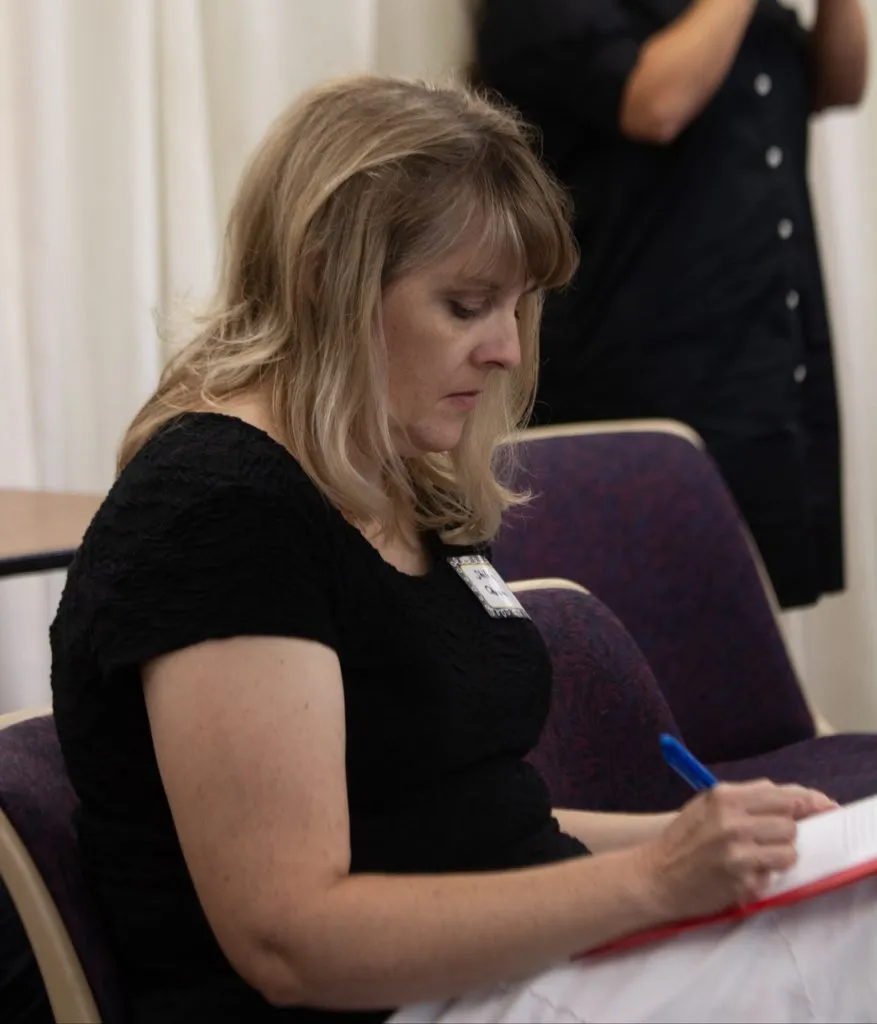
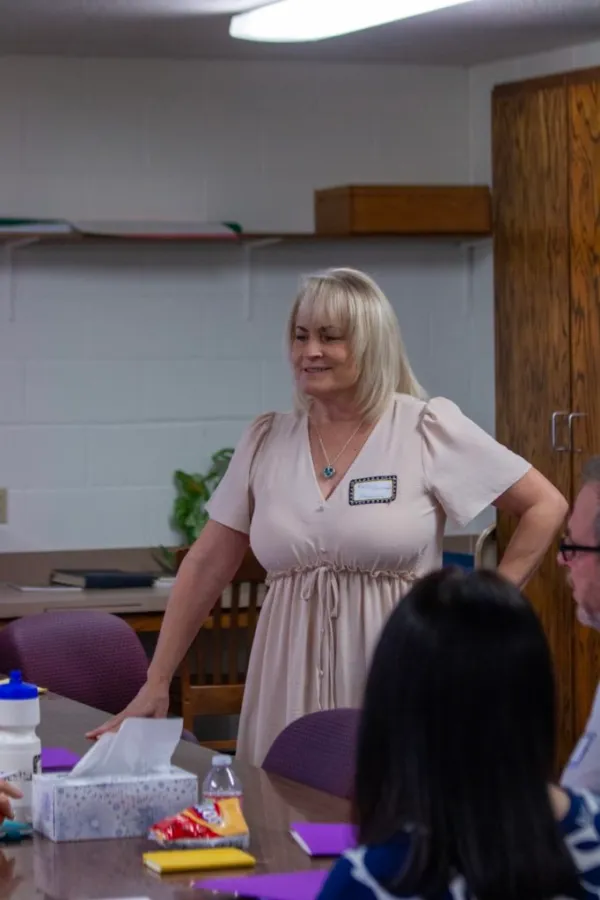
As time passes, these personal details become more and more precious for children and grandchildren who may have never known that relative, and their only connection could be what someone preserved on FamilySearch. That’s why people like Steve Michalski joined the “Adding Memories in FamilySearch” class taught by Ruby Quiñones.
Steve mentioned that the first question they were asked was to think of the oldest memory of someone they love and write down a story about that person.
“So, I thought of my grandmother. She was always gardening and canning vegetables. I remember going down into the basement, where they had a cellar room with shelves and shelves of peaches and canned vegetables. And I remember going out to where they had a garden plot that was not at their house but at a local farm every year.”
Beginners’ Class
Joni Carbone of Midlothian was delighted with the “Genealogy for Beginners” class, where she learned how to determine if a person belongs in her family tree and where to look for sources to document the relationship. She mentioned, “I learned about different places where you can find websites or what kind of websites to look for the information you are looking for.”
“It was fun,” she added. “[Instructor Virginia Morrison] did a great job teaching. She was very thorough… it was easy to understand and follow, and she provided great handouts that are helpful for reviewing at home,” said Joni.
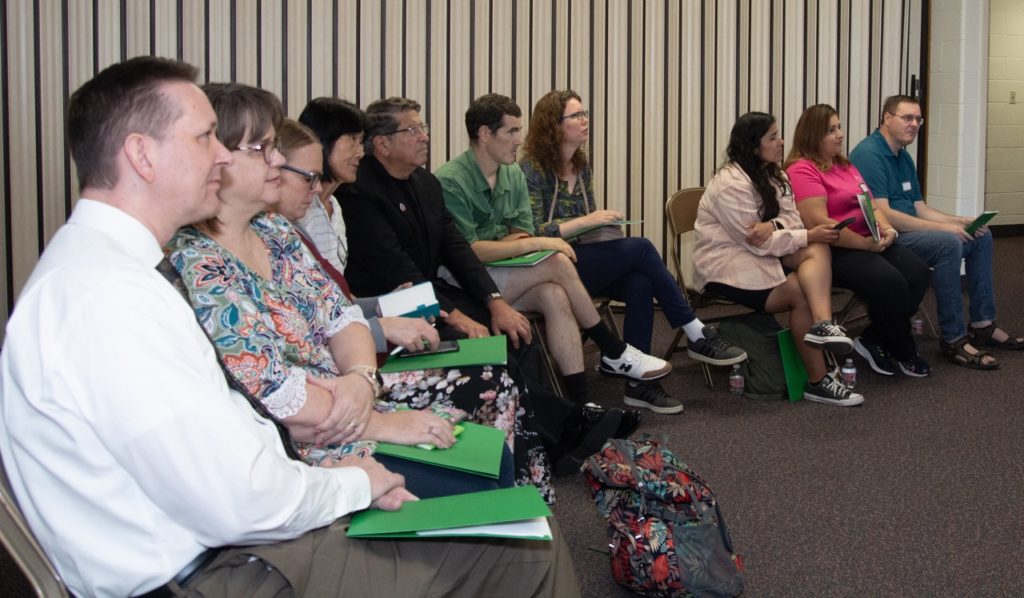
The keynote speaker was Rev. Mark Hernandez, National Director of the American Clergy Leadership Conference and Pastor Emeritus at DFW Family Church. He referred to the pursuit of one’s ancestors as “sacred work,” not only for members of The Church of Jesus Christ of Latter-day Saints but also for individuals of other faiths. “Searching for ancestors is ultimately about connecting us to one big family of God,” he said.
To find a FamilySearch location near you, visit FamilySearch.org.
Additional information about this event was published in the Waxahachie Sun.



